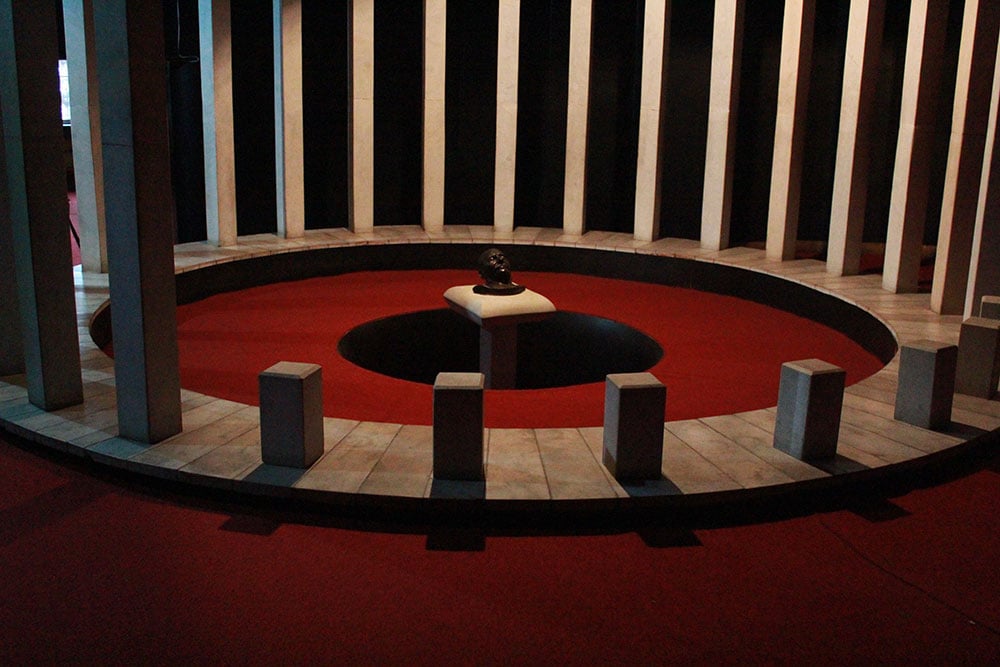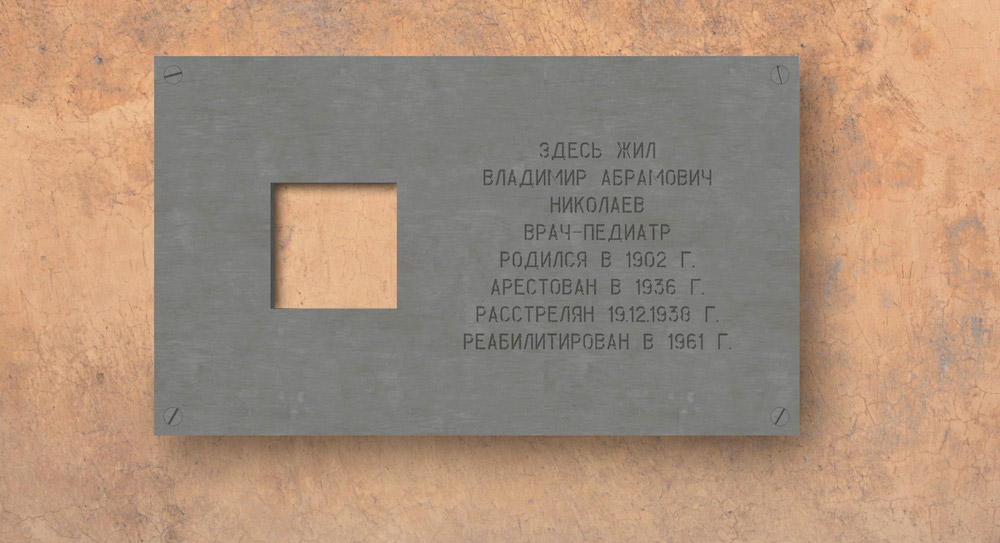Stalin-land: the struggle for the soul of Uncle Joe’s home-town museum
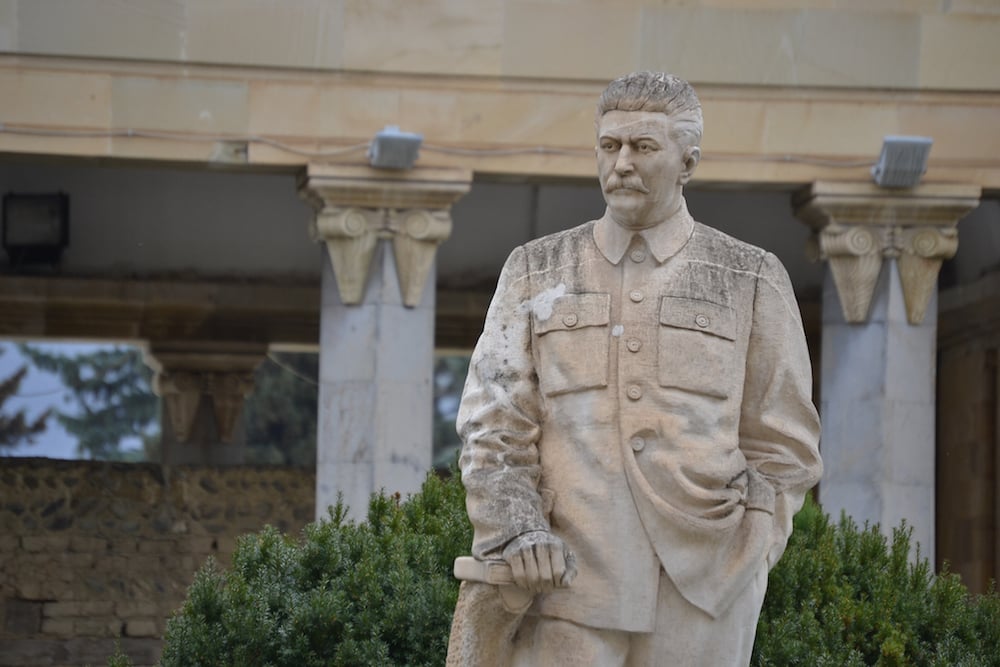
While statues of Stalin were being toppled across the USSR in the late 1950s, a museum dedicated to the Soviet dictator was under construction in his home town of Gori. It still welcomes visitors to this day. William Dunbar explores the awkward questions surrounding its future
The Stalin Museum is surely one of the most bizarre museums of the world. A “must see” in every guidebook to Georgia, each year some 50,000 foreign visitors head to the blameless town of Gori, the birthplace of the man of steel, to incredulously wander through its colonnaded halls, temporarily transported back in time to a Soviet past that is both familiar and disconcerting.
The exhibit is a unique survival: an unquestioningly hagiographic, and often fictitious, account of one of history’s pre-eminent tyrants. Beginning with a heavily airbrushed biography of his early years, it stresses his work as a poet (in fact he wasn’t bad, a latter-day romantic, his nationalistic odes to Georgian nature are available in the gift shop. He would go on to order the killing of the prominent Georgian intellectual who published him). It continues, via delightfully garish portraits, dioramas, and photos of dubious archival quality, to chart his rise to power. On one visit, a guest asked the English speaking guide why there was no mention of Trotsky. “You must be Jewish,” she shot back.
Moving through collectivisation in the 1930s (“many mistakes were made”, says the guide in a rare moment of candour) and the glories of the Great Patriotic War (no Molotov-Ribbentrop pact, no Katyn), guests are also invited to marvel at Stalin’s vast collection of kitschy tributes from mid-century dignitaries: clogs with his face from Dutch Communists, a speech written on a grain of rice by an Indian revolutionary, an enviable desk lamp featuring a Nazi eagle crushed beneath the treads of a Soviet tank which was presented by Marshall Zhukov. The main exhibit finishes with an eerie viewing of the Holy of Holies: Stalin’s death mask displayed in the centre of a darkened room, like a mini mausoleum, around which you are encouraged to process in silent contemplation.
It is a sacred space, the inner sanctum of the funerary cult of Stalinism
It is a sacred space, the inner sanctum of the funerary cult of Stalinism, a place where there is as little time for nuance or discussion as there was in during the Great Purge of 1937. It is also a site where competing views of Georgia’s past and future sit uncomfortably alongside one another. “Who controls the past controls the present” says the Party in Nineteen Eighty Four, but how do you control a legacy like that of Stalin, right here in his home town?
Georgia’s relationship with its most famous son is complicated. On the one hand he is a representative of Russian colonisation: it was Stalin who, against Lenin’s orders, sent troops to crush the democratic Republic of Georgia in 1921, and his subsequent treatment of his homeland was especially vicious. On the other hand, he is the Georgian who ruled the world. In his speech on Victory Day on 9 May 2015, Georgia’s then prime minister emphasised with unabashed pride that the Second World War “was won by a Georgian”.
This ambivalence is ever-present. Georgia is a country in a cold war with Russia, a place where 70% of people want to join NATO and the EU and where the road from the airport is named after George W Bush. However, a 2012 poll showed that 45% of the population had a favourable opinion of Stalin and considered him a wise leader. “For most Georgians sympathising with Stalin today, he’s more of a folk hero, a protagonist of anecdotes, a Georgian who maybe was a bit evil and cruel, but at the same time smart and witty. Georgia was colonised by Russia, and then Russia was ruled by Stalin,” says Lasha Bakradze, a cultural commentator and director of the Tbilisi Literature Museum.
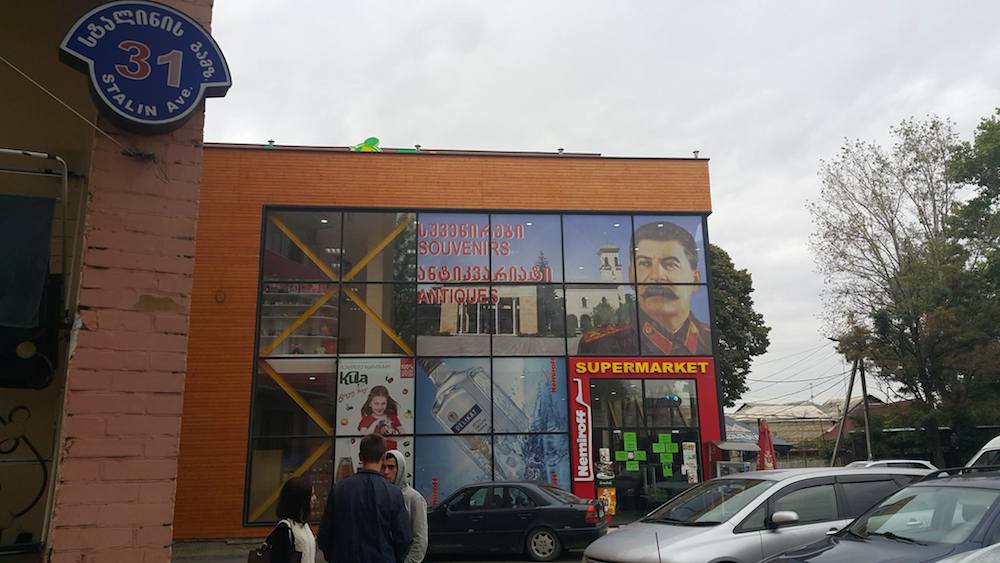
“He was good strong guy, somebody from us,” Bakradze says of how many Georgians currently see Stalin. In their imaginations Stalin “had nothing to do with the Soviet Union or Communist ideology.” It is that view of the past that Bakradze and others seek to change. “Georgia’s experience in the Soviet Union was a special case — especially in Stalin’s time. But there has been almost no research, no reckoning with the past,” he says. Bakradze seeks to make that reckoning happen at the Stalin Museum.
The Stalin Museum was founded as a result of the same contradictions that haunt Georgia today. It was built in 1957; a year after Khrushchev denounced his predecessor in the so-called “Secret Speech”. That speech sparked mass unrest in Georgia, where thousands rioted to protect the good name of Stalin, “the Great Son of the Georgian Nation” as Khrushchev derisively called him. Hundreds were killed in the suppression of the spontaneous wave of Stalinist-nationalism.
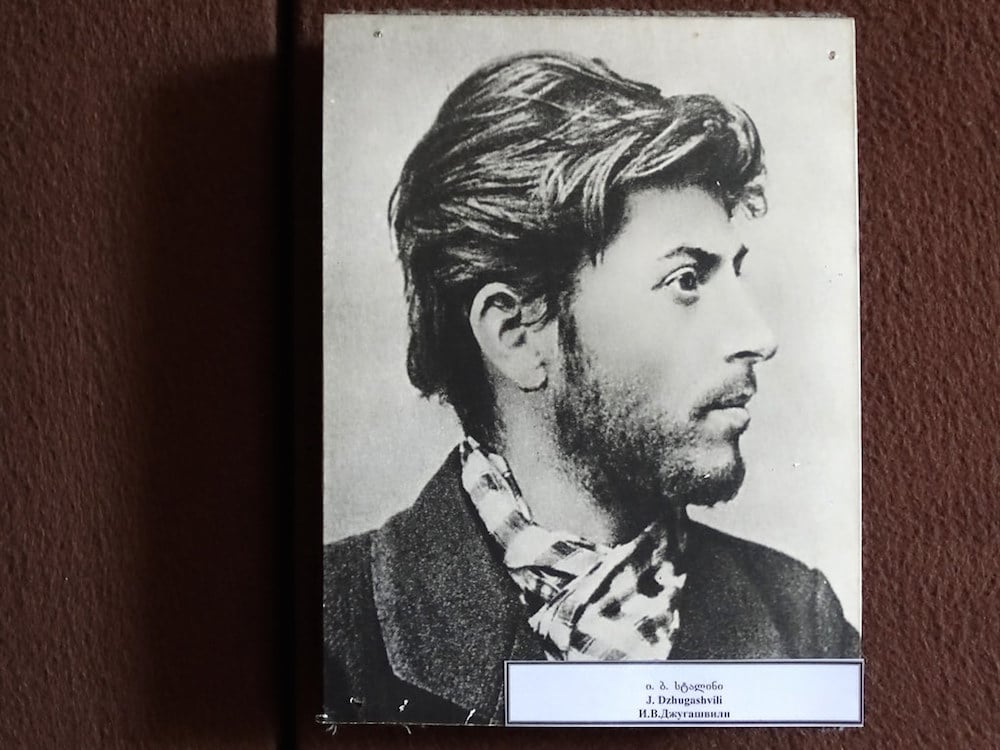
Thus the building itself, erected at the same time that Stalin statues were being toppled across the USSR, can be seen as a conciliatory gesture by the central Soviet authorities to Georgia’s view of the past. A soaring, colonnaded facade of cream-coloured limestone, it is a fine example of Stalinist design; but unlike other buildings of the period there are no stars, sheaves or sickles. Instead it is bedecked with historical Georgian motifs from the Golden Age of the 12th century, ecclesiastical and aristocratic — implying that Stalin is a modern-day version of the heroic medieval kings of Georgian history.
“He was from here and he hated it”
In front of the museum sits the lowly house in which the boy who was to become Stalin was born. The one-room shack (it may as well be a stable with a manger) is encased in a glass-roofed temple situated at the terminus of a giant boulevard — Stalin Avenue — a processional way large enough to land an airliner. This street, already an absurd indulgence for a town of 50,000, is all that was built of a masterplan to reorient Gori — and, one imagines, the world — towards this putative Kaaba of Communism (Stalin abandoned these plans in a gesture of calculated modesty during the war).

This sacred geography of Gori speaks to the enduring legacy of Stalin in the land of his birth. Stalin, the buildings seem to say, is a local boy made good. It is a position many Georgians still agree with, but some are determined to reveal a different truth.
“He was from here and he hated it,” says Giorgi Kandelaki, an MP from the zealously Atlanticist UNM party of former president Mikheil Saakashvili, now in opposition. “He had been away for a long time but he had a lot of scores to settle here… Georgia’s tragic fate in the 20th century is because of Stalin. It’s one thing what he did on the international stage, its another thing what he did to Georgia.”

Kandelaki was among the first to advocate change at the Stalin Museum — and his changes would have been sweeping. The Saakashvili government saw one of its main missions as freeing Georgia from the Russian-dominated, post-Soviet quagmire it had inhabited since independence, and part of that meant a top-down approach to reassessing the past. In 2010, the monumental Stalin statue that sat at the other end of Stalin Avenue was removed in the dead of night. Kandelaki says they should have gone further: “One of our biggest mistakes in the UNM government was the failure to deal with the 20th century in a comprehensive way. Because it’s not just history textbooks, it’s not just the museum, but it’s also the incorporation of what happened to Georgia, what was done to Georgia by Stalin, and what was taken away from Georgia by Stalin, into the national narrative. That should be our national narrative as it is in the Baltics.”
In 2012 Kandelaki established a commission to discuss the future of the Stalin Museum. The idea was to shrink the current exhibition into just one room “and to devote most of the space to a very ambitious and very expensive project which was, roughly speaking, to making the equivalent of a Holocaust Museum, but about Stalinism.”
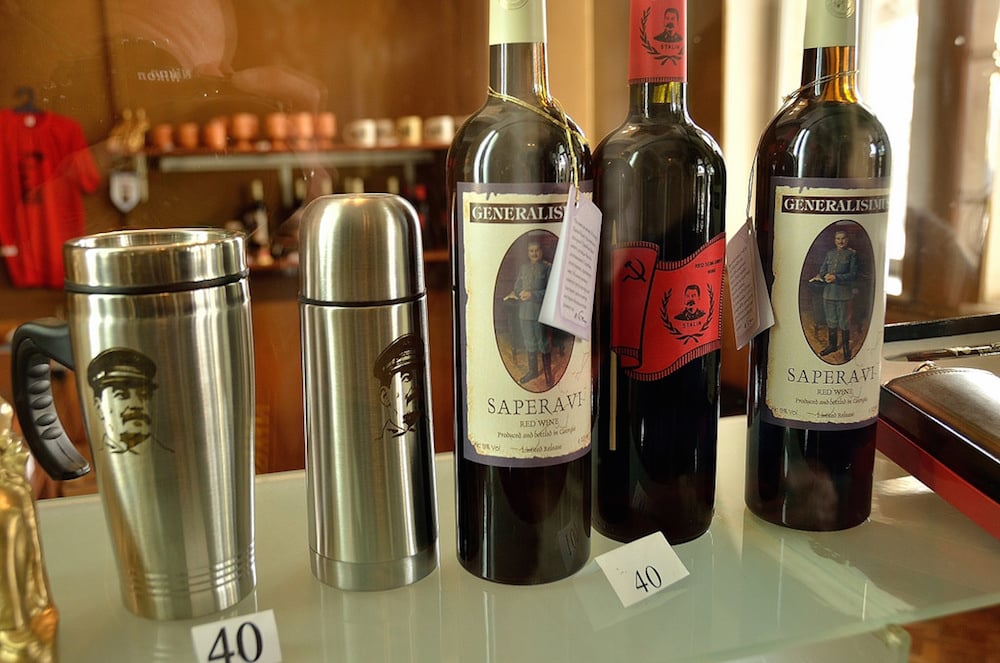
“The ambition was to do something world class… If implemented on the right scale it would have been up on the international map of museums…. So symbolic — in the very same city Stalin was born in, in the very same museum — it would have been unprecedented,” Kandelaki says.
For Georgia to move on, it has to have its reckoning with its prodigal dictator
It was not to be. In late 2012 the UNM were voted out, replaced by a government more willing to be accommodating towards Russia, and less willing to rake over the embers of Georgia’s Soviet past. However, they too wanted to do something about the museum. They set up their own commission, and chose cultural commentator and Literature Museum director Bakradze as one of its members. Since then, he has been proposing a different fate for the museum, an approach that is more subtle, but a critique that is just as devastating.
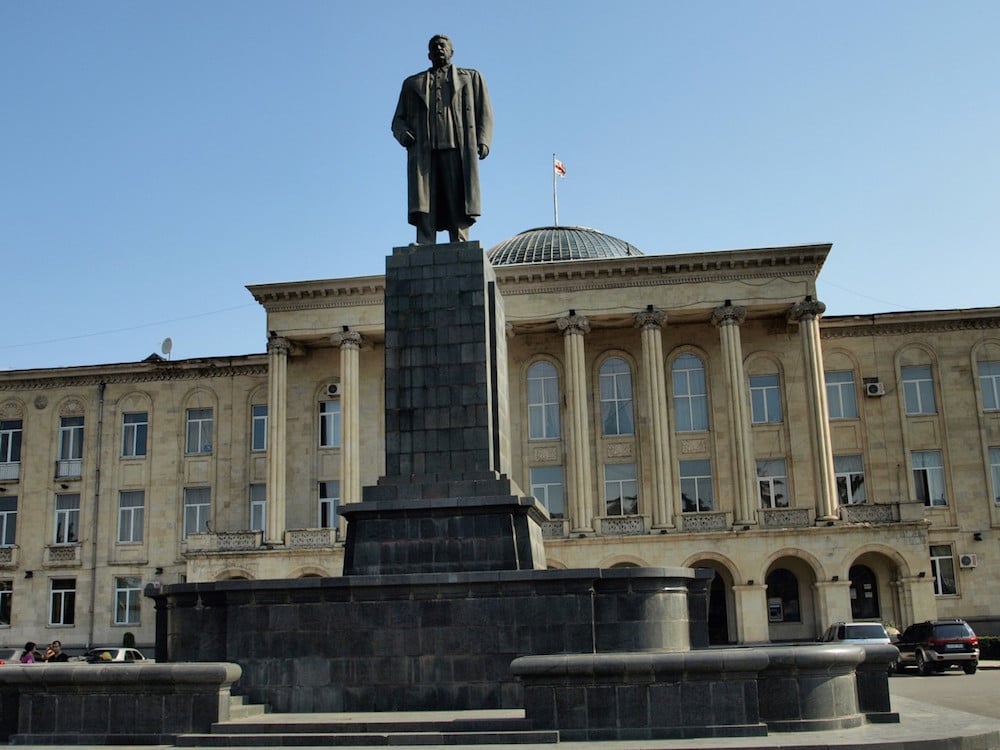
“We need to show what Stalin wanted us to think,” says Bakradze of his vision for the museum. “The Stalin Museum is a very special thing, and its survival to this day is amazing. We need to make this safe. We need to show everybody how primitive Soviet propaganda was. How primitive the Stalin cult was. So we need to keep it as the Stalin Museum.” His idea is to create a museum of a museum: to preserve the exhibit as an example of Stalinist propaganda, and to transform the many unused spaces in the building into a “parallel exhibition”, explaining the distorted picture the main rooms present.
“It must be a modern museum, where we can bring schoolchildren, students, any ordinary Georgian. It has to be a real educational centre… one of the main places, not only in Georgia but in the world, for knowledge about totalitarian systems.” Bakradze says.
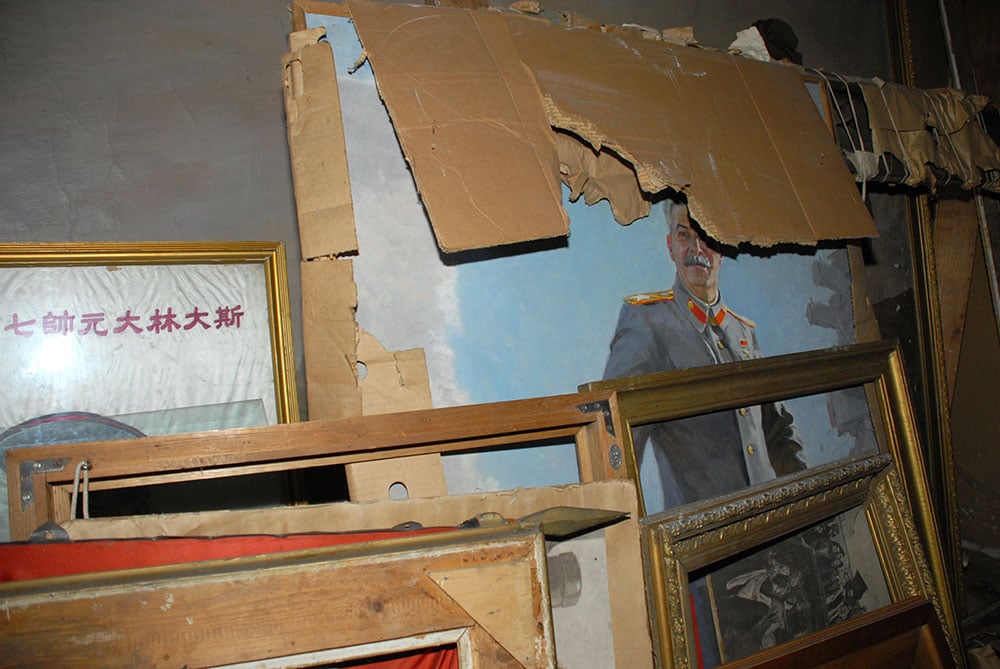
But even preserving the exhibit as it is while reframing it as an example of historical manipulation would be a contentious act. “The population of Gori are strongly against anything that would shine a new light on those times,” says Lia Okroperidze, the director of the museum. Surprisingly for a woman who runs the global cult centre of Stalinism, she is supportive of Bakradze’s plan. Her own family, she explains, were repressed by Stalin, and her grandfather lived his whole life in fear of arrest and deportation — “He always had his bags packed, just in case.”
“Because of my family background and because of my position as a citizen, I have been pushing to make a balanced picture of the Soviet experience. I want to bring back the faces of those people who were wiped from history because of Stalin and his cult and his dictatorship. I want to challenge this view of him as a great man.”

But challenging the legacy of Stalin can seem almost Sisyphean. Bakradze has now sat on two commissions on the future of the museum. The first met only once before being disbanded after a cabinet reshuffle. The current commission has yet to meet, according to Bakradze it probably never will — an example of the political minefield the project presents. Nonetheless, Bakradze continues to build support for his concept for the museum.
For now, however, bewildered tourists will continue to be conducted through the glowing portrait to Stalin’s genius. On some level, according to Bakradze, this is a good thing: at least the museum hasn’t been airbrushed out of history. For Georgia to move on, it has to have its reckoning with its prodigal dictator, it has to come to terms with the disastrous-but-towering legacy of Stalin. After all, Bakradze says, “It is not possible to build a future without a knowledge of the past.”
Update: On January 20 Bakradze and some other members of the commission were briefed by a working group who have begun an inventory of the Stalin Museum. The plan is to conduct a full audit of the collection and a survey on repairs that need to be carried out on the building. Bakradze says this is a small first step, but “for the first time I feel a little bit positive”.


